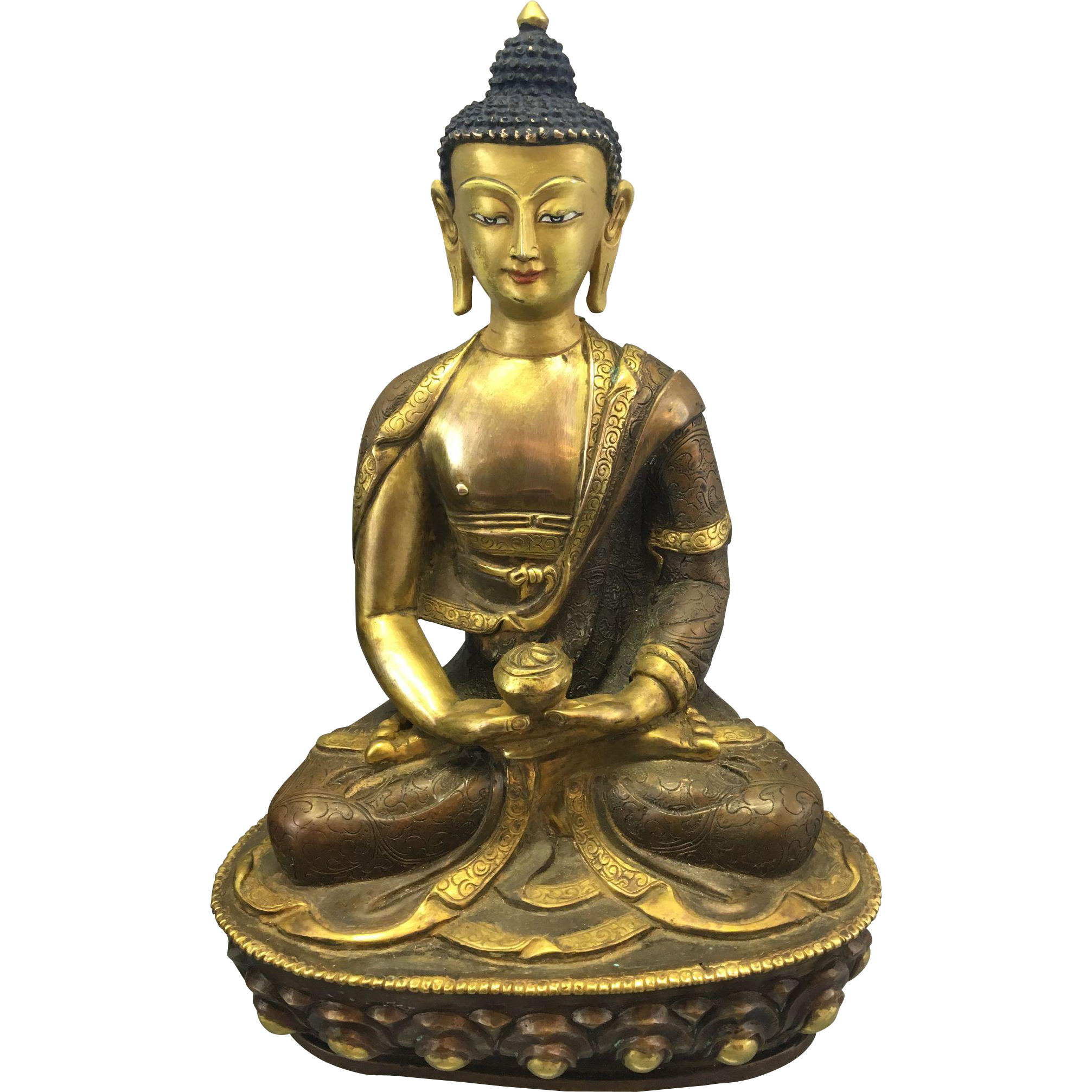Welcome to our fortieth online suggested practise for the week. We are now broadcasting a live teaching each Monday evening. If you would like to participate please contact us using the contact form on the homepage.
1.0) If you feel so inclined, begin by reciting the usual prayers (please follow below links for text). Alternatively, try to think or articulate a wish for all beings to achieve liberation from suffering, etc .
Four Thoughts: contemplating each in turn – http://northantsbuddhists.com/the-four-thoughts/
Refuge Prayer: twice in Tibetan, once in English – http://northantsbuddhists.com/the-refuge-prayer/

2.0) Awaken to the Buddha Within. The Four Immeasurable Minds. By Venerable Shi Wuling – Presented by Joyce Stirling

How can we help others to find happiness? One way is through the practice of the Four Immeasurable Minds. The first mind is that of loving kindness, which is offering happiness to others. The second is the mind of compassion, which is the intention and wish to relieve the suffering of others. The third is joy, which is felt when beings experience happiness. And the fourth is equanimity: being neither averse to nor attached to anything. We should understand that we cannot cause others to transcend suffering or to feel happiness or joy, but we can still have the wish that all beings will be able to accomplish such freedom and joyfulness.
We can start this practice with those who are closest to us, family and friends. We can then extend it to those we know and like, and gradually keep extending this practice outwards until we feel loving-kindness, compassion, joy, and equanimity for all beings in our world and eventually for all beings throughout the universe.
The first mind is loving-kindness. This is the practice of selflessness, where we constantly seek to benefit others and to help others to find happiness. When we wish to hurt another, we are experiencing anger. Waiting for an opportunity to inflict harm on that person, we are experiencing animosity. When animosity continues for a long time it becomes hostility. When we act upon these thoughts through speech or actions the hostility becomes cruelty. To counter these destructive emotions, we need loving-kindness.
To offer happiness to others, we need to know what they want, and for this we need to listen and understand. If someone tells us they do not need or want something but we insist on giving it to them, we are only offering frustration and irritation not happiness. If they wish for nothing, then giving them nothing is the offering of happiness. We should try to give others what they wish for as long as it is not harmful, even if what they like is something we do not.
The second mind is compassion, or the wish and intention to alleviate the suffering of others. It counters sorrow and anxiety. It is the unconditional care and concern for all living beings, the ability to realize that all beings experience distress, not just ourselves or those we care for. All too often we find ourselves trying to ease the pain of those we love and care for, but completely disregarding the pain of other people whom we do not care for or even dislike. Ideally, our compassion should be felt equally to all.
The third mind is that of joy, which is wanting all beings to be free from unhappiness and being sincerely happy, without trace of jealousy, when they accomplish this. Joy counters sadness. It is the state of great contentment and ease.
All too often we wish to control others. We become irritated when they fail to behave as we wish. If others then praise them for their behaviour, we become even more frustrated. But we should learn to feel happy for them. If the person is genuinely happy in what they have chosen to do and their actions have not harmed anyone, then yes, we ought to feel joy for them.
The fourth mind is equanimity, which is letting go. It counters attachment and aversion. It is to stop clinging and to no longer judge or discriminate. It does not mean we do not love. It means we love equally and impartially. Like a mother who loves all of her children. Loving every one of her children, a mother’s love for one of child is not lessened. Loving all her children with equanimity does not mean she is indifferent to what her children feel or do.
Equanimity in love is non-possessive. It is like the sun shining on all beings equally. The sun does not differentiate, deciding to shine more on this person and less on that person. It shines on all it sees with warmth and brightness-equally.
Developing the Four Immeasurable Minds requires much time, enthusiasm, and dedication. Although our Four Minds today may seem to be very small and narrowly focused, their gradual expansion to encompass the whole universe will bring us immeasurable joy.
—–0——
2.1) The Tibetan Book of Living and Dying by Sogyal Rinpoche – Presented by Geoff Warren

Bardos & Other Realities
We can divide the whole of our existence into 4 realities: life, dying & death, after death & rebirth. These are the 4 bardos:
1. The “natural bardo of this life
2. The “painfull” bardo of dying
3. The “luminous” bardo of dharmata
4. The “karmic” bardo of becoming
Other Realities
I have said that the bardos are opportunities, but what is it exactly about the bardos that makes it possible for us to seize the opportunities they offer? The answer is simple: They are all different states & different realities, of mind.
In the Buddhist training we prepare, through meditation, to discover precisely the various interrelated aspects of mind, & skilfully enter different levels of consciousness. There is a distinct & exact relation between the bardo states & the levels of consciousness we experience throughout the cycle of life & death. So as we move from one bardo to another, both in life & death, there is a corresponding change in consciousness which, through spiritual practice, we can intimately acquaint ourselves with, & come, in the end, completely to comprehend.
Since the process that unfolds in the bardos of death is embedded in the depths of our mind, it manifests in life also at many levels. There is for example, a vivid correspondence between the degrees in subtlety of consciousness we move through in sleep & dream & the 3 bardos associated with death:
-
Going to sleep is similar to the bardo of dying, where the elements & thought processed dissolve , opening into the experience of the Ground Luminosity.
-
Dreaming is akin to the bardo of becoming, the intermediate state state where you have a clairvoyant & highly mobile “mental body” that goes through all kinds of experiences. In the dream state too we have a similar kind of body, the dream body, in which we undergo all the experiences of dream life.
-
In between the bardo of dying & the bardo of becoming is a very special state of luminosity or clear light called, as I have said the “bardo of dharmata.” This is an experience that occurs to everyone, but there are very few who can even notice it, let alone experience it completely, as it can only be recognised by a trained practitioner. This bardo of dharmata corresponds to the period after falling asleep & before dreams start.
Of course the bardos of death are much deeper states of consciousness than the sleep & dream states, & far more powerful moments, but their relative levels of subtlety correspond & show the kind of links & parallels that exist between all the different levels of consciousness. Masters often use this particular comparison to show just how difficult it is to maintain awareness during the bardo states. How many of us are aware of the change in consciousness when we fall asleep? Or of the moments of sleep before dreams begin? How many of us are aware even when we dream that we are dreaming? Imagine then, how difficult it will be to remain aware during the turmoil of the bardo of death.
How your mind is in the sleep & dream state indicates how your mind will be in the corresponding bardo states; for example, the way in which you react to dreams, nightmares & difficulties now shows how you might react after you die.
This is why the yoga of sleep & dream plays such an important part in the preparation for death. What a real practitioner seeks to do is to keep, unfailing & unbroken, his or her awareness of the nature of mind throughout the day & night, & so use directly the different phases of sleep & dream to recognise & become familiar with what will happen in the bardos during & after death.
So we find 2 other bardos often included within the natural bardo of this life: the bardo of sleep & dream, & the bardo of meditation. Meditation is the practice of the day & sleep & dream yoga the practices of the night. In the tradition to which the Tibetan Book of the Dead belongs, these 2 are added to the 4 Bardos to make a series of 6 Bardos.
—oOo—
